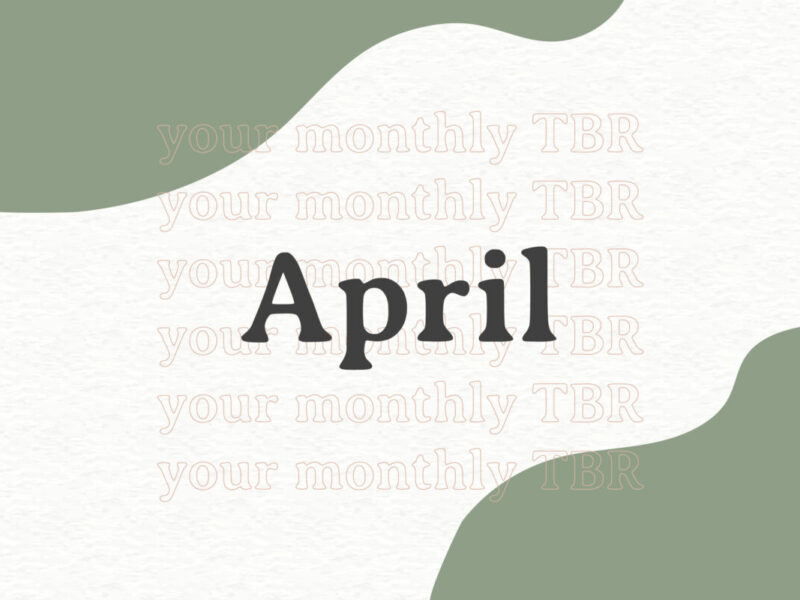Is it flash fiction, poetry, or both?
When it comes to the art of writing, genre can work for or against the author. Sometimes, a genre can make authors feel boxed in. Other times, it can set them free. Genre-bending is no new feat, as it allows authors to push the boundaries of an art form and challenge readers to take a work for what it is—not what it should be compared to other works in the same genre. Crossovers between flash fiction and poetry do just that.
The definition of flash fiction is flexible but usually describes a fictional work of “extreme brevity” that still offers character and plot development. Perhaps the most famous example is Ernest Hemingway’s six-word story: For sale: baby shoes, never worn. (Whether the story truly originates from Hemingway is hotly debated, but also a topic for another time). Online magazines like SmokeLong Quarterly and Flash Fiction Online are great places to read and submit flash fiction stories.
Poetry, on the other hand, is even more flexible in definition. Simply put, it’s the use of style and rhythm to communicate feelings and ideas. The openness of poetry makes it a great tool for enhancing other artforms. Works of fiction, nonfiction, stage plays, and more can be infused with poetic style. Crossovers between poetry and flash fiction are, therefore, only natural. English writer Michael Loveday has closely analyzed the overlap between the two. As he puts it:
“I think of the relationship between flash fiction and prose poetry being a bit like a Venn diagram of two overlapping circles… And in the middle of the Venn diagram you have this huge overlapping area of the two circles where you can’t tell what it is – there might be a character, something might happen, but may not, the language is beautiful or noteworthy, but probably quite accessible, there’s music in the shape of the sentences, and you don’t know how to categorise it but you know you really like the writing, whatever it is.”
One of the first infusions of the two arts that comes to mind is flash poetry. This compact and refreshing form describes poems that can be read in just a glance. But don’t think short means easy. Like senryus or haikus, authors have just a few words to create a vivid picture. Online magazine Crab Creek Review publishes a good amount of flash poetry, although they publish an array of writing styles.
Another flash fiction/poetry mashup is the art of prose poetry—but only sometimes. Poet Jessica Terson makes a great comparison between flash fiction and prose poetry in this blog post. The difference between the two isn’t always obvious, and many works could be categorized as both. Harryette Mullen’s “[Kills bugs dead.]” is just one example. With vivid imagery and an enchanting rhythm, it reads like a poem. However, it does not have the line breaks of a traditional poem. Rhino journal is a wonderful purveyor of works in this vein—with both traditional and experimental forms in each issue.
While the lines between flash fiction and poetry are blurry—often on purpose—it’s important not to get too caught up in being one or the other when you’re writing. Express your thoughts, edit them, and allow your work to fall anywhere in between. If you stay true to your voice, your work will be compelling. As far as genre goes, que sera sera.




